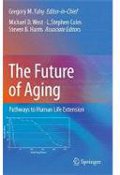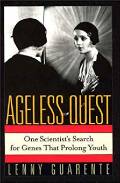Daniel E. Mart�nez finds that Hydra do not show signs of Biological Aging
Who:Daniel E. Mart�nezWhen:August 04, 1997
Methods: By keeping hydra alive for four years and plotting their mortality rates vs. that of similar sized organisms like Drosophila melanogaster (fruit fly)
Institution: Pomona College
Where: Claremont, California, U.S.A
Technology: Culture Dishes, Environmental Chamber at constant temperature and light cycle
Daniel E. Mart�nez is a native of Argentina and received his PhD from the State University of New York.
Mart�nez's work on Hydra required that he kept them alive for 4 years. Those that died due to accidental handling were excluded from the data. He found that the Hydra did not experience any increase in their rate of death as time progressed.
Hydra are simple organisms with no more than 20 different cells. Mart�nez expresses concerns about their simplicity in his conclusion:
"Escaping senescence, however, might be restricted to animals with simpler, dynamic bodies that can be constantly renewed from populations of stem cells."
Mart�nez estimates that during the 4 year period the epithelial cells may have divided 300 times and the entire Hydra was replaced 60 times. Martinez attributes this amazing amount of renewal to the Hydra staying young and suggests that the evolution of more complex organs precipitated senescence...
"The evolution of more complex bodies with tissues and organs with a higher degree of specialization might have resulted in, or perhaps required, a loss of the capacity of renewal and thus permitted the evolution senescence."
References
Links




